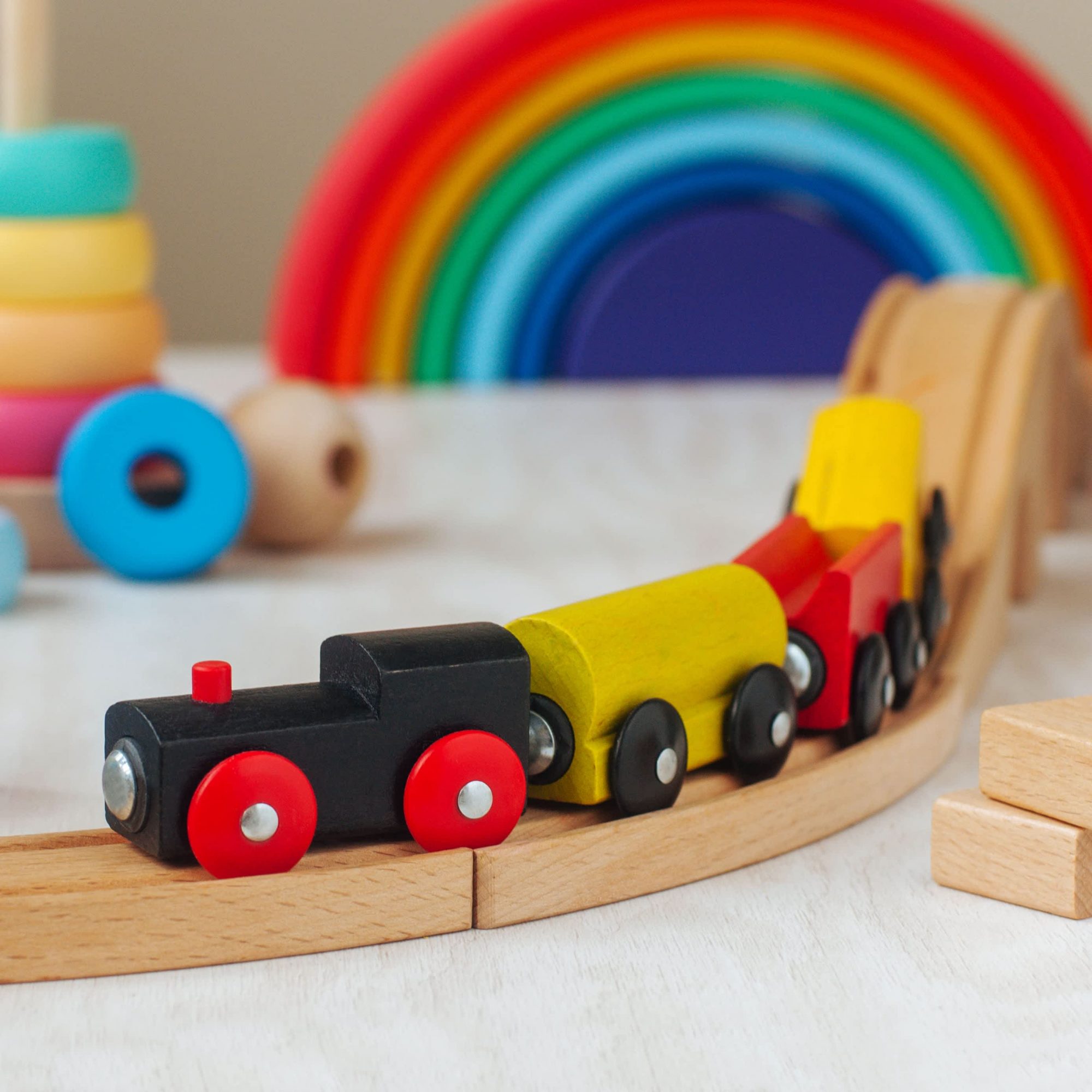
- POPSUGAR Australia
- Family
- Gender-Creative Parenting Can Empower Your Child’s Gender – Here’s How We’re Doing It
Gender-Creative Parenting Can Empower Your Child’s Gender – Here’s How We’re Doing It

I’m nonbinary, and my partner’s pregnant. I flinch when people ask, “Boy or girl?” If gender were really about genitals, then why would so many people ask about our baby’s genitals? Of course, they’re not asking about genitals. (At least, I hope not. There are very few situations where it’s appropriate to ask a stranger about their genitals, and those shouldn’t involve babies.)
It seems more likely that when people ask “boy or girl” they’re actually searching for clues about how to treat this person. Gender is one way to categorise people. And our brains tend to use those categories to make assumptions. Should they treat this person like a cis-boy or like a cis-girl? Should they say pretty or handsome? She or he? Barbie or G.I. Joe? Basketball or ballet? Do we want pink or blue clothes for the baby? Because how else would people know how to treat this person?
Gender is performative – like learning to play music. We play what we are trained to play. We play what we hear. We play what we practice. And some of us only learn one genre. That can be cool. Some people develop immense range and skill in only one genre. But imagine you love making beats as a kid. You clap them out and snap them out and tap them on the table. Remix songs in your head to highlight the beat and draw out the drop. You never hear the term “electronic dance music,” but you know it with your body.
Unfortunately, everyone keeps saying that you love Kenny Chesney. They play country music everywhere. In every room. In every car. You can choose your own clothes as long as they’re boots and Stetsons. People say nice things whenever you pick up a guitar. So you learn throughout your young life how to play country music that resonates with people.
You’re a grownup before you hear electronic dance music. Some of your friends come out as EDM fans. And you learn about a global community of musicians and fans and festivals that celebrate this movement. So you pop on headphones at home one night and try to make beats. And the experience is holy. Transformative. It dawns on you that this is who you’ve been all along, and you’ve been hiding under the facade of country.
You come out as EDM to your musician friends first. Then your country music fans. And the industry types who control your livelihood. Some people attack you physically. They attack you for performing what’s been trained out of them. Some people attack you psychologically. They don’t have categories for this, don’t know how to treat you. So walls go up, and they say vicious things.
Sometimes – when you come out as EDM – you watch people’s neural patterns course-correct back to their training. And they spend the next 15 minutes telling you that they support both genres, country music and Christian thrash metal. They’ve always supported both genres. But – you explain – you’re EDM. And there are more than two genres.
And genre is just a way to categorise music. And our brains tend to use those categories to make assumptions. But there’s so much more to each song than genre. Real music can cross-genre. And create genre. And redefine genre. And defy genre. That’s cool, they say. They support both genres, whichever you were assigned at birth.
We won’t assign our baby a gender at birth. We’ll use gender-creative parenting instead. The method’s new and changing fast, so this is just how my family’s approaching it: We’ll treat our home like a gender rehearsal studio where our kid’s free to play whatever they want. Trans. Fluid. Cis. Agender. We’ll drive to those music lessons. We’ll give standing ovations.
We’ll dress our child in more colours than blue and pink. Until they’re old enough to choose their own clothes. And then they’ll wear whatever they want.
We’ll use they/them pronouns for our child at first. Those pronouns invite us and those around us to pay attention to our category-based assumptions. To think explicitly, instead, about how we’re supposed to treat this person. And then – when our child’s old enough to tell us – we’ll use whatever pronouns sound best to them.
We’ll talk about how gender plays out in different social contexts. We’ll talk about how to stay safe, how to advocate, how to make their own choices when safety and advocacy don’t overlap.
As parents, we’ll talk openly about our own relationships with gender. That means asking questions to update our training. How have I let gender constrain my creativity? My clothes? My hair? My mindset? My body image? My friendships? My family? Am I performing worn-out tropes from the 1990s? What can I learn from younger generations? How can I get better? What can I practice?
We’ll try not to force it. We’ll pay attention when our kid bobs their head to certain songs, and we’ll follow their lead. If creative direction changes, we’ll be right there, too – backing them up. Supporting them. Flowing as a family wherever the music takes us. Does that help with how we’re supposed to treat this person?

